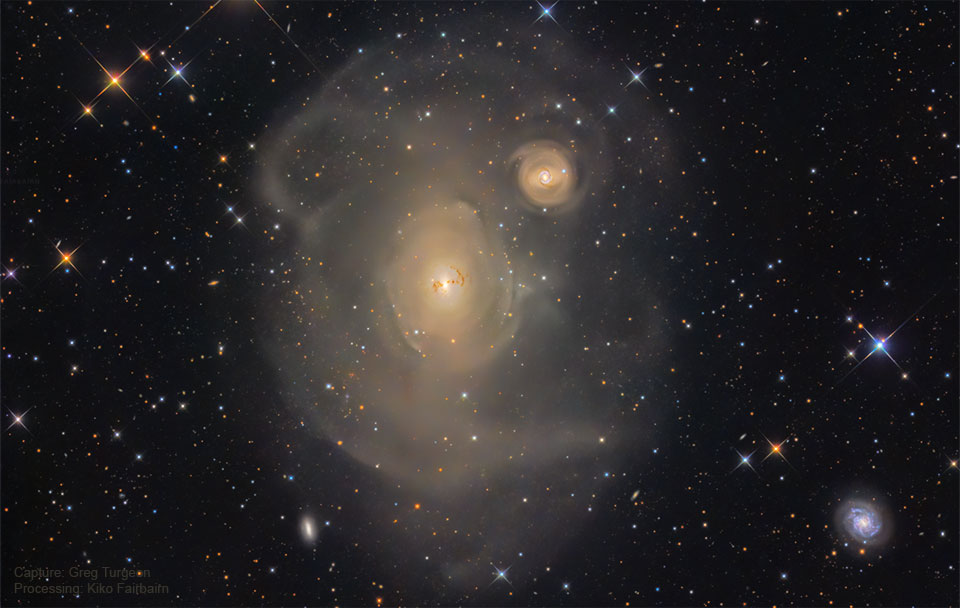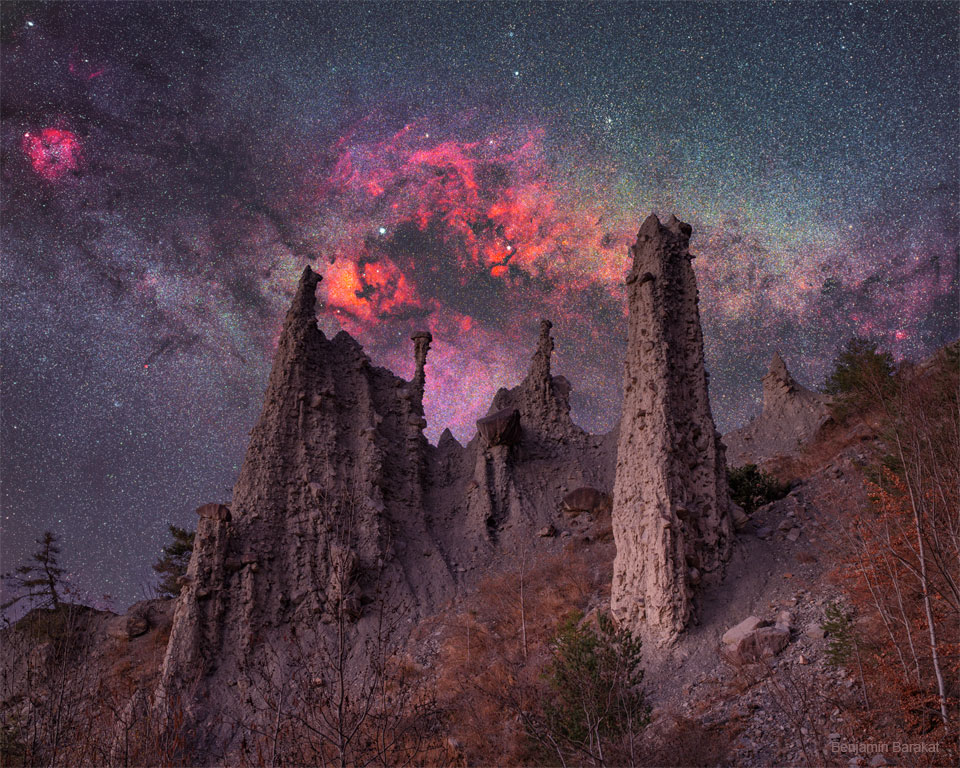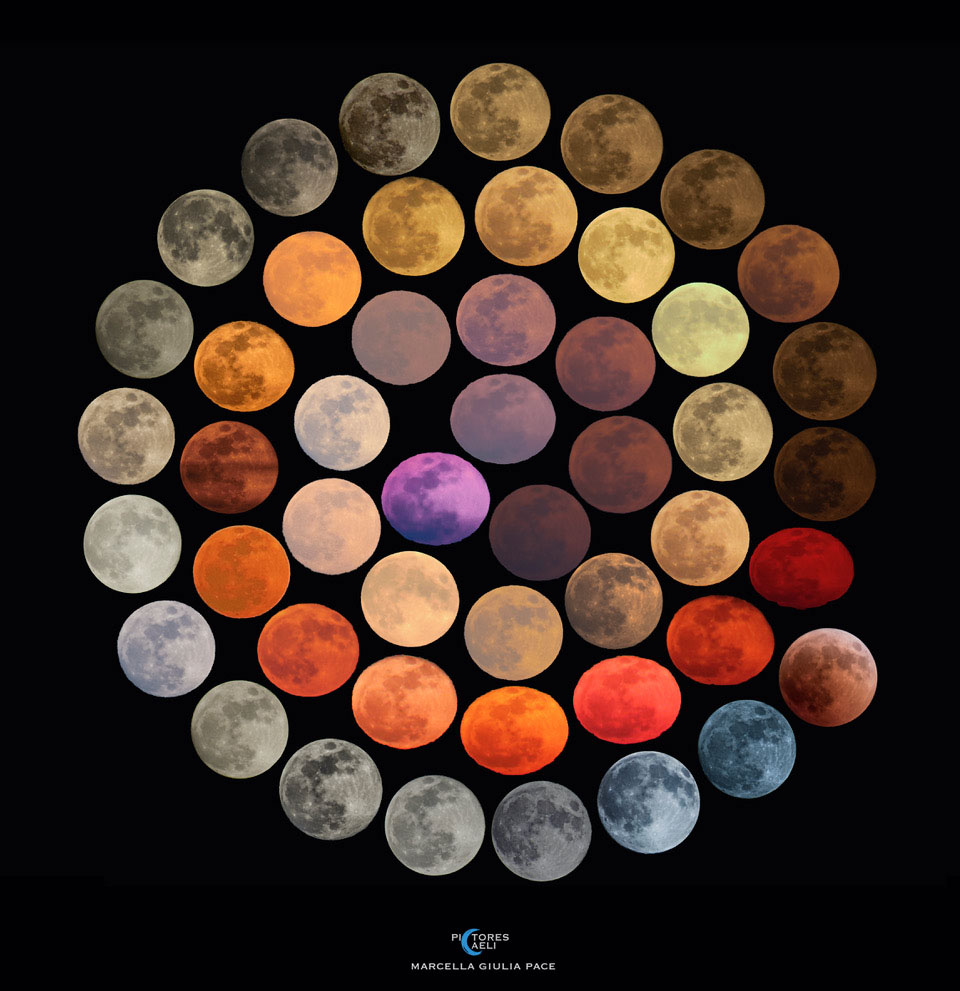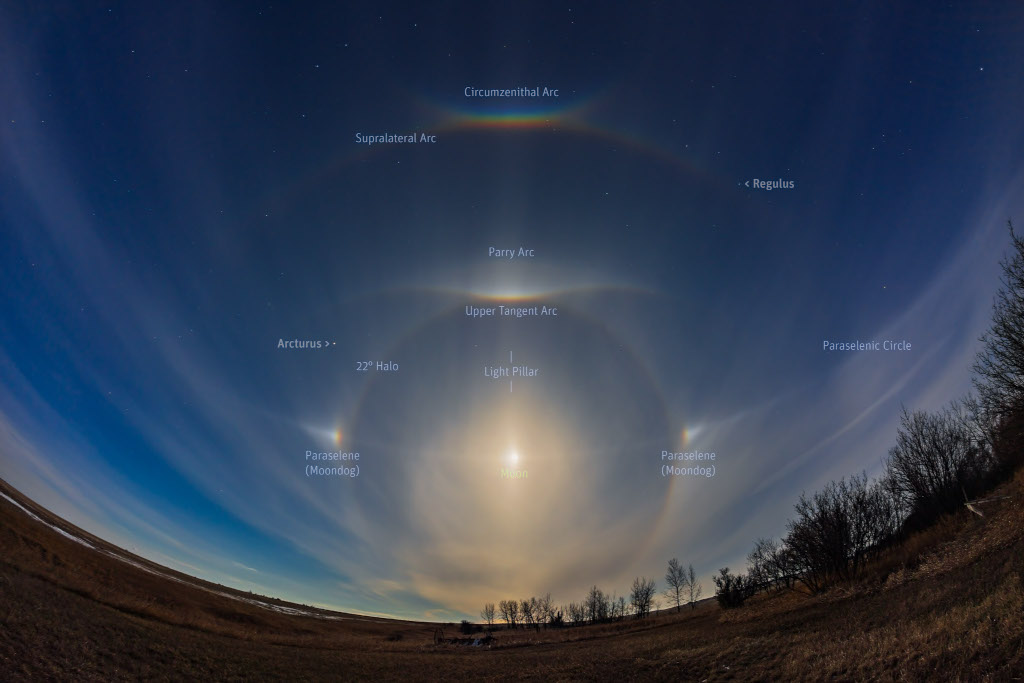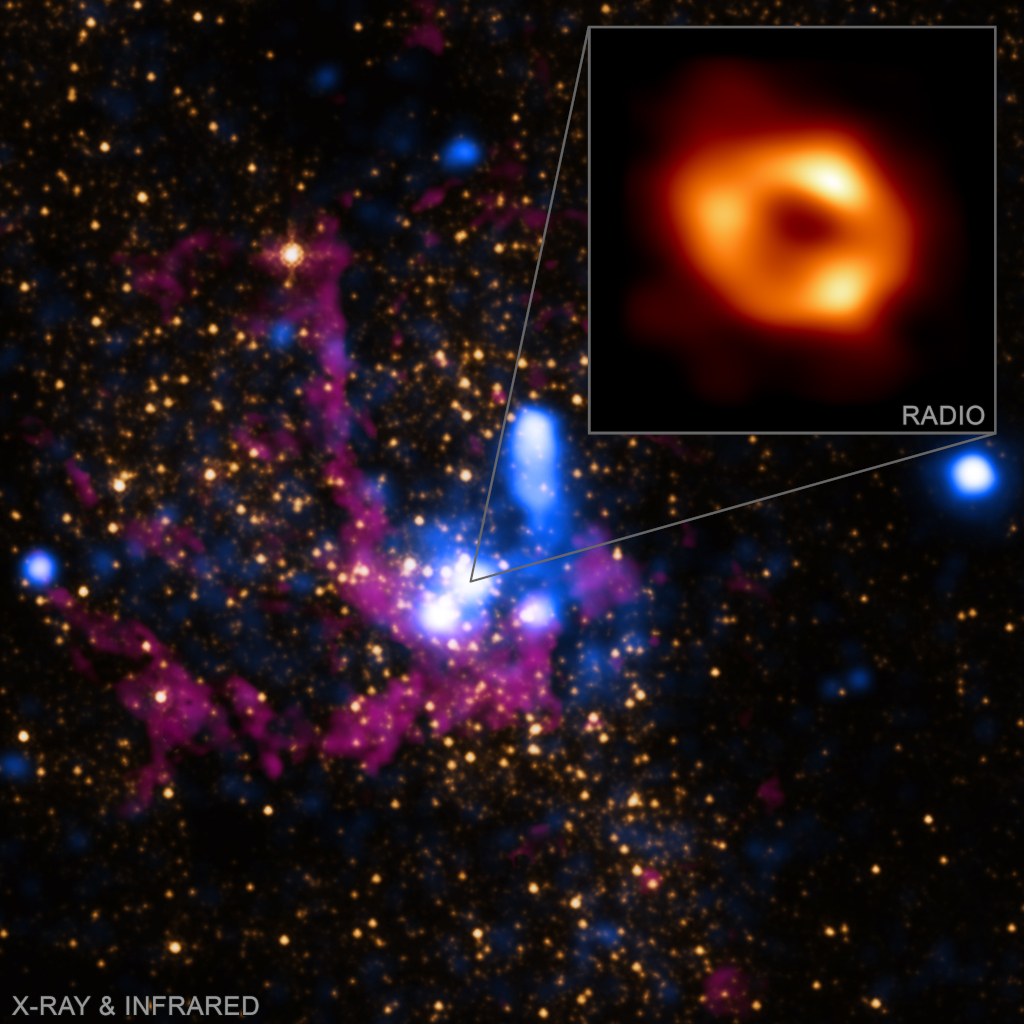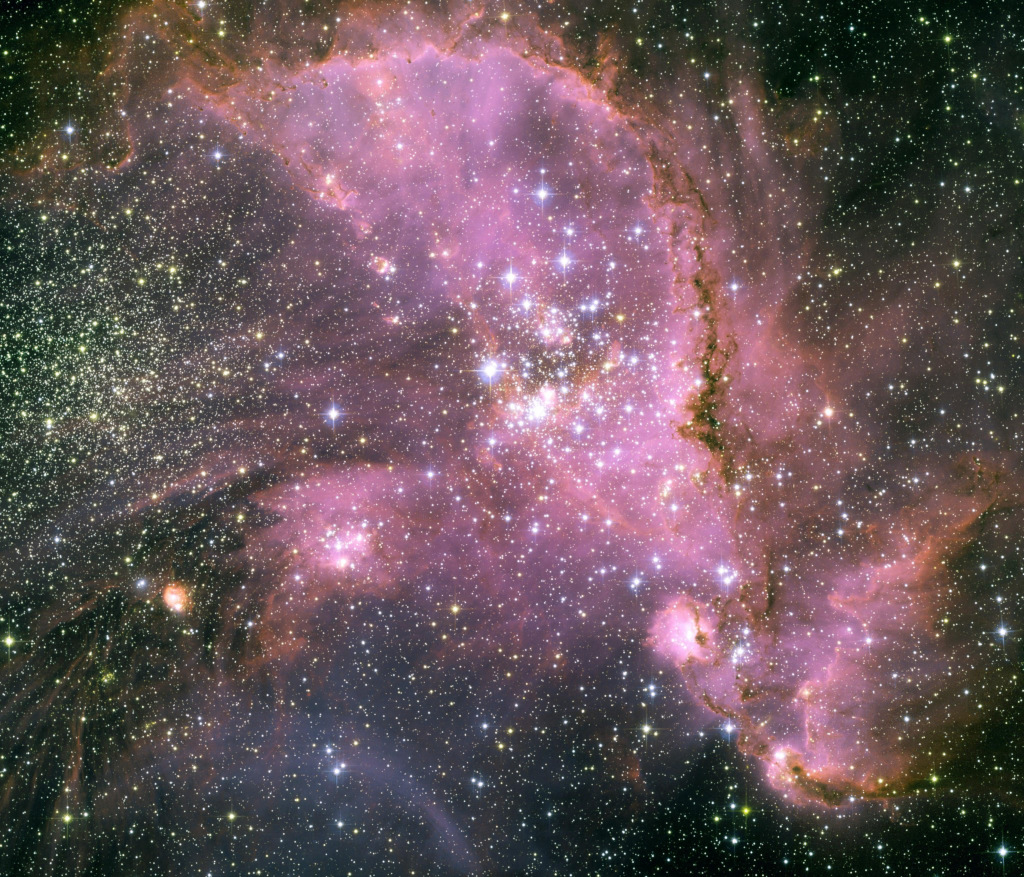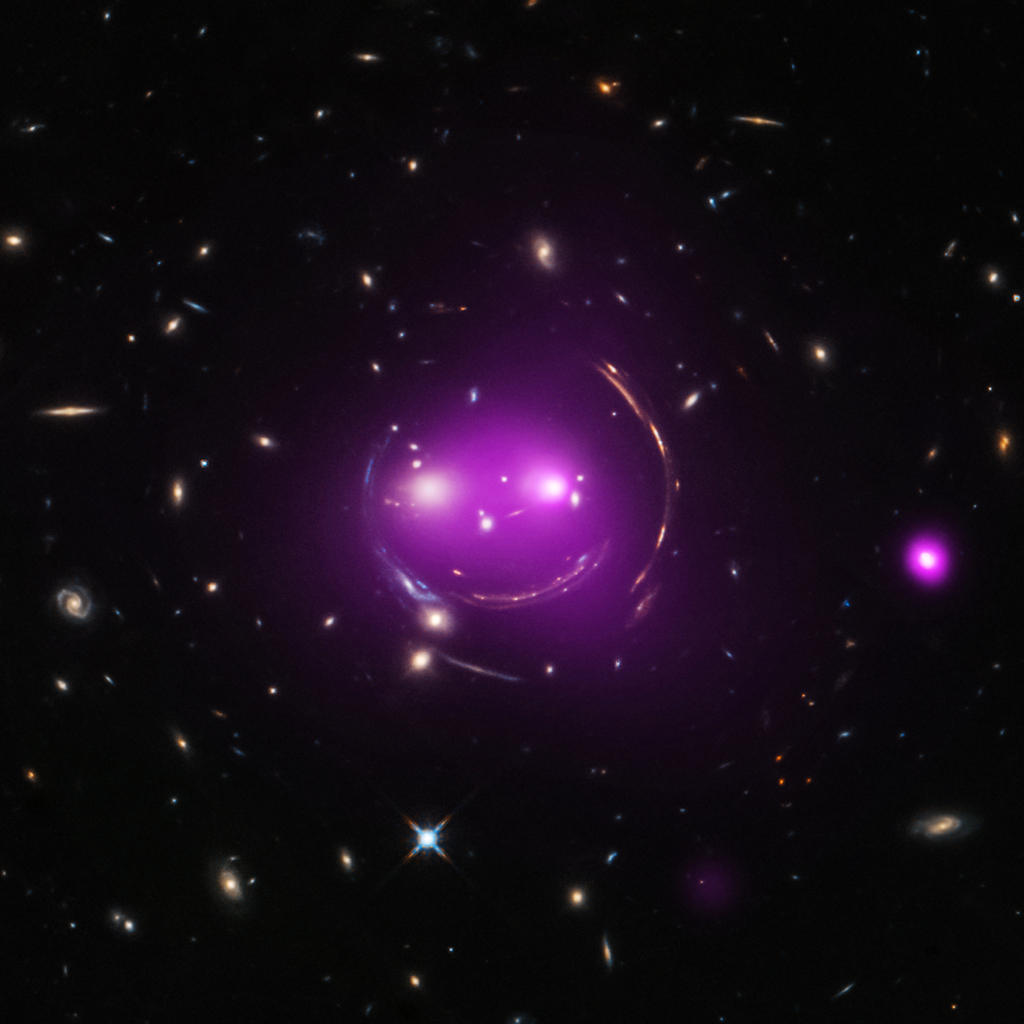Nombre total de pages vues
18/05/2022
MERVEILLEUX MONDE SOUS-MARIN - L'aurélie, la méduse commune
17/05/2022
ASTRONOMY - NGC 1316: After Galaxies Collide
2022 May 17
Image Credit & Copyright: Capture: Greg Turgeon; Processing: Kiko Fairbairn
Explanation: Astronomers turn detectives when trying to figure out the cause of startling sights like NGC 1316. Investigations indicate that NGC 1316 is an enormous elliptical galaxy that started, about 100 million years ago, to devour a smaller spiral galaxy neighbor, NGC 1317, just on the upper right. Supporting evidence includes the dark dust lanes characteristic of a spiral galaxy, and faint swirls and shells of stars and gas visible in this wide and deep image. One thing that >remains unexplained is the unusually small globular star clusters, seen as faint dots on the image. Most elliptical galaxies have more and brighter globular clusters than NGC 1316. Yet the observed globulars are too old to have been created by the recent spiral collision. One hypothesis is that these globulars survive from an even earlier galaxy that was subsumed into NGC 1316. Another surprising attribute of NGC 1316, also known as Fornax A, is its giant lobes of gas that glow brightly in radio waves.
16/05/2022
ASTRONOMY - Milky Way over French Alp Hoodoos
2022 May 16
Image Credit & Copyright: Benjamin Barakat
Explanation: Real castles aren't this old. And the background galaxy is even older. Looking a bit like an alien castle, the pictured rock spires are called hoodoos and are likely millions of years old. Rare, but found around the world, hoodoos form when dense rocks slow the erosion of softer rock underneath. The pictured hoodoos survive in the French Alps and are named Demoiselles Coiffées -- which translates to English as "Ladies with Hairdos". The background galaxy is part of the central disk of our own Milky Way galaxy and contains stars that are typically billions of years old. The photogenic Cygnus sky region -- rich in dusty dark clouds and red glowing nebulas -- appears just above and behind the hoodoos. The featured image was taken in two stages: the foreground was captured during the evening blue hour, while the background was acquired from the same location later that night.
15/05/2022
ASTRONOMY - Colors of the Moon
2022 May 15
Image Credit & Copyright: Marcella Giulia Pace
Explanation: What color is the Moon? It depends on the night. Outside of the Earth's atmosphere, the dark Moon, which shines by reflected sunlight, appears a magnificently brown-tinged gray. Viewed from inside the Earth's atmosphere, though, the moon can appear quite different. The featured image highlights a collection of apparent colors of the full moon documented by one astrophotographer over 10 years from different locations across Italy. A red or yellow colored moon usually indicates a moon seen near the horizon. There, some of the blue light has been scattered away by a long path through the Earth's atmosphere, sometimes laden with fine dust. A blue-colored moon is more rare and can indicate a moon seen through an atmosphere carrying larger dust particles. What created the purple moon is unclear -- it may be a combination of several effects. The last image captures the total lunar eclipse of 2018 July -- where the moon, in Earth's shadow, appeared a faint red -- due to light refracted through air around the Earth. Today there is not only another full moon but a total lunar eclipse visible to observers in North and South America -- an occurrence that may lead to some unexpected lunar colorings.
14/05/2022
ASTRONOMY - Ice Halos by Moonlight
2022 May 14
Image Credit & Copyright: Alan Dyer, Amazingsky.com, TWAN
Explanation: An almost full moon on April 15 brought these luminous apparitions to a northern spring night over Alberta Canada. On that night, bright moonlight refracted and reflected by hexagonal ice crystals in high clouds created a complex of halos and arcs more commonly seen by sunlight in daytime skies. While the colors of the arcs and moondogs or paraselenae were just visible to the unaided eye, a blend of exposures ranging from 30 seconds to 1/20 second was used to render this moonlit wide-angle skyscape. The Big Dipper at the top of the frame sits just above a smiling and rainbow-hued circumzenithal arc. With Arcturus left and Regulus toward the right the Moon is centered in its often spotted 22 degree halo. May 15 will also see the bright light of a Full Moon shining in Earth's night skies. Tomorrow's Full Moon will be dimmed for a while though, as it slides through Earth's shadow in a total lunar eclipse.
13/05/2022
ASTRONOMY - The Milky Way's Black Hole
2022 May 13
Image Credit: X-ray - NASA/CXC/SAO, IR - NASA/HST/STScI; Inset: Radio - Event Horizon Telescope Collaboration
Explanation: There's a black hole at the center of the Milky Way. Stars are observed to orbit a very massive and compact object there known as Sgr A* (say "sadge-ay-star"). But this just released radio image (inset) from planet Earth's Event Horizon Telescope is the first direct evidence of the Milky Way's central black hole. As predicted by Einstein's Theory of General Relativity, the four million solar mass black hole's strong gravity is bending light and creating a shadow-like dark central region surrounded by a bright ring-like structure. Supporting observations made by space-based telescopes and ground-based observatories provide a wider view of the galactic center's dynamic environment and an important context for the Event Horizon Telescope's black hole image. The main panel image shows the X-ray data from Chandra and infrared data from Hubble. While the main panel is about 7 light-years across, the Event Horizon Telescope inset image itself spans a mere 10 light-minutes at the center of our galaxy, some 27,000 light-years away.
12/05/2022
ASTRONOMY - Young Stars of NGC 346
2022 May 12
Image Credit: NASA, ESA - acknowledgement: Antonella Nota (ESA/STScI) et al.,
Explanation: The massive stars of NGC 346 are short lived, but very energetic. The star cluster is embedded in the largest star forming region in the Small Magellanic Cloud, some 210,000 light-years distant. Their winds and radiation sweep out an interstellar cavern in the gas and dust cloud about 200 light-years across, triggering star formation and sculpting the region's dense inner edge. Cataloged as N66, the star forming region also appears to contain a large population of infant stars. A mere 3 to 5 million years old and not yet burning hydrogen in their cores, the infant stars are strewn about the embedded star cluster. In this false-color Hubble Space Telescope image, visible and near-infrared light are seen as blue and green, while light from atomic hydrogen emission is red.
11/05/2022
ASTRONOMY - Gravity's Grin
2022 May 11
Image Credit: X-ray - NASA / CXC / J. Irwin et al. ; Optical - NASA/STScI
Explanation: Albert Einstein's general theory of relativity, published over 100 years ago, predicted the phenomenon of gravitational lensing. And that's what gives these distant galaxies such a whimsical appearance, seen through the looking glass of X-ray and optical image data from the Chandra and Hubble space telescopes. Nicknamed the Cheshire Cat galaxy group, the group's two large elliptical galaxies are suggestively framed by arcs. The arcs are optical images of distant background galaxies lensed by the foreground group's total distribution of gravitational mass. Of course, that gravitational mass is dominated by dark matter. The two large elliptical "eye" galaxies represent the brightest members of their own galaxy groups which are merging. Their relative collisional speed of nearly 1,350 kilometers/second heats gas to millions of degrees producing the X-ray glow shown in purple hues. Curiouser about galaxy group mergers? The Cheshire Cat group grins in the constellation Ursa Major, some 4.6 billion light-years away.
SANTé/MEDECINE - Procédé révolutionnaire dans la lutte contre le cancer - 2/6 : Une découverte qui change tout
Jusqu’à présent, la lutte contre le cancer reposait principalement sur la chimiothérapie, la radiothérapie ou la chirurgie. Ces traitements,...

-
2022 September 26 All the Water on Planet Earth Illustration Credit: Jack Cook, Adam Nieman, Woods Hole Oceanographic Institution ; Data ...
-
La majorité des grêlons qui tombent sous les orages et les averses ne pèsent que quelques grammes. Mais il y a quelques années, c'est un...

